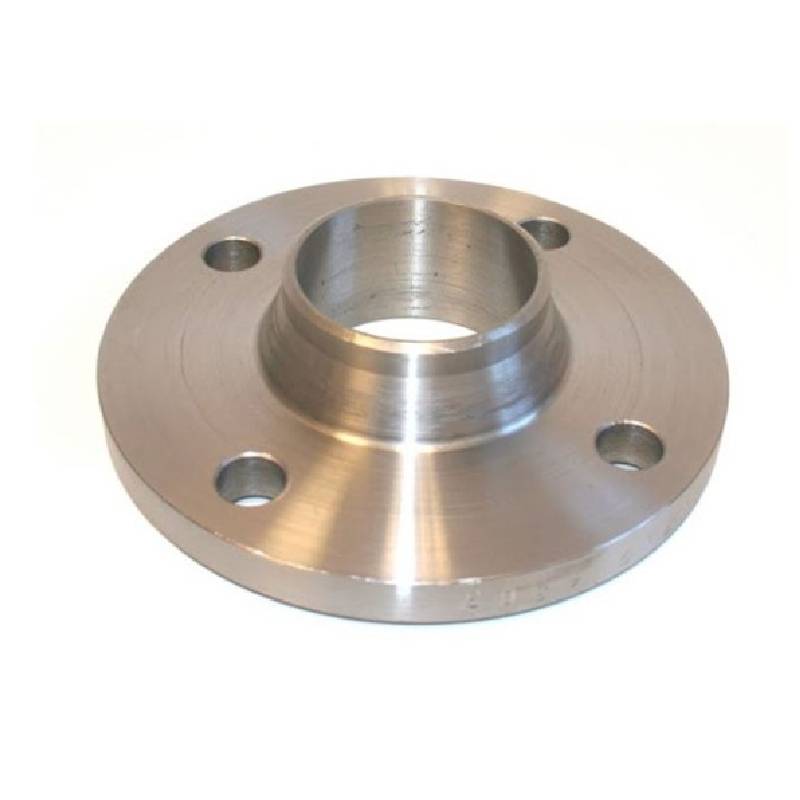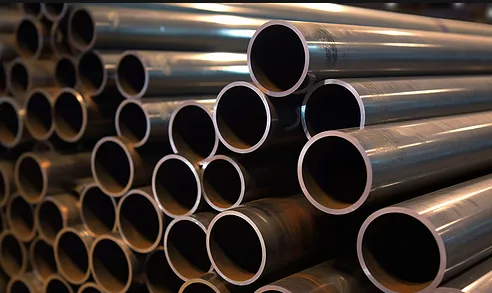-
Cangzhou Yulong Steel Co., Ltd.
-
Phone:
+86 13303177267 -
Email:
admin@ylsteelfittings.com
- English
- Arabic
- Italian
- Spanish
- Portuguese
- German
- kazakh
- Persian
- Greek
- French
- Russian
- Polish
- Thai
- Indonesian
- Vietnamese
- Zulu
- Korean
- Uzbek
- Hindi
- Serbian
- Malay
- Ukrainian
- Gujarati
- Haitian Creole
- hausa
- hawaiian
- Hebrew
- Miao
- Hungarian
- Icelandic
- igbo
- irish
- Japanese
- Javanese
- Kannada
- Khmer
- Rwandese
- Afrikaans
- Albanian
- Amharic
- Armenian
- Azerbaijani
- Basque
- Belarusian
- Bengali
- Bosnian
- Bulgarian
- Catalan
- Cebuano
- China
- China (Taiwan)
- Corsican
- Croatian
- Czech
- Danish
- Esperanto
- Estonian
- Finnish
- Frisian
- Galician
- Georgian
- Kurdish
- Kyrgyz
- Lao
- Latin
- Latvian
- Lithuanian
- Luxembourgish
- Macedonian
- Malgashi
- Malayalam
- Maltese
- Maori
- Marathi
- Mongolian
- Myanmar
- Nepali
- Norwegian
- Norwegian
- Occitan
- Pashto
- Dutch
- Punjabi
- Romanian
- Samoan
- Scottish Gaelic
- Sesotho
- Shona
- Sindhi
- Sinhala
- Slovak
- Slovenian
- Somali
- Sundanese
- Swahili
- Swedish
- Tagalog
- Tajik
- Tamil
- Tatar
- Telugu
- Turkish
- Turkmen
- Urdu
- Uighur
- Welsh
- Bantu
- Yiddish
- Yoruba

Jan . 26, 2025 05:05 Back to list
butt welding pipe fittings
Navigating the intricacies of pipe welding joint types is crucial for any industry reliant on secure and efficient piping systems, be it in construction, automotive, or oil and gas sectors. This exploration delves into the various types of pipe welding joints, emphasizing their unique features, applications, and the best practices derived from rigorous industry experience and authoritative knowledge.
Exploring the realm of pipe welding further reveals the lap joint, less common but highly effective in scenarios involving alignment concerns during assembly. Lap joints afford flexibility and ease of alignment, which can be beneficial in systems undergoing frequent vibration or where expansion and contraction cycles are prevalent. Experienced welding professionals often recommend lap joints for applications where there is a need to compensate for misalignment or in piping systems made from non-ferrous materials. Finally, T-joints and corner welds offer the necessary configurations for complex piping systems, particularly in settings such as high-rise buildings or industrial plants where pipes must navigate sharp angles and corners. The reliability of these joints stems from the weld's ability to distribute stress loads efficiently. My direct engagement in projects with complex layout requirements frequently underlines the necessity of adopting precision welding techniques and leveraging advanced welding equipment to ensure structural soundness. In conclusion, understanding the diversity and specificity of pipe welding joint types not only aids in selecting the right joints for particular applications but also underscores the importance of precision and expertise in welding practices. Drawing from extensive industry involvement and an authoritative grounding in welding techniques, informed joint selection continues to play a pivotal role in the successful implementation and maintenance of piping systems across sectors.


Exploring the realm of pipe welding further reveals the lap joint, less common but highly effective in scenarios involving alignment concerns during assembly. Lap joints afford flexibility and ease of alignment, which can be beneficial in systems undergoing frequent vibration or where expansion and contraction cycles are prevalent. Experienced welding professionals often recommend lap joints for applications where there is a need to compensate for misalignment or in piping systems made from non-ferrous materials. Finally, T-joints and corner welds offer the necessary configurations for complex piping systems, particularly in settings such as high-rise buildings or industrial plants where pipes must navigate sharp angles and corners. The reliability of these joints stems from the weld's ability to distribute stress loads efficiently. My direct engagement in projects with complex layout requirements frequently underlines the necessity of adopting precision welding techniques and leveraging advanced welding equipment to ensure structural soundness. In conclusion, understanding the diversity and specificity of pipe welding joint types not only aids in selecting the right joints for particular applications but also underscores the importance of precision and expertise in welding practices. Drawing from extensive industry involvement and an authoritative grounding in welding techniques, informed joint selection continues to play a pivotal role in the successful implementation and maintenance of piping systems across sectors.
Latest news
-
ANSI 150P SS304 SO FLANGE
NewsFeb.14,2025
-
ASTM A333GR6 STEEL PIPE
NewsJan.20,2025
-
ANSI B16.5 WELDING NECK FLANGE
NewsJan.15,2026
-
ANSI B16.5 SLIP-ON FLANGE
NewsApr.19,2024
-
SABS 1123 FLANGE
NewsJan.15,2025
-
DIN86044 PLATE FLANGE
NewsApr.19,2024
-
DIN2527 BLIND FLANGE
NewsApr.12,2024
-
JIS B2311 Butt-Welding Fittings LR/SR 45°/90° /180°Seamless/Weld
NewsApr.23,2024











